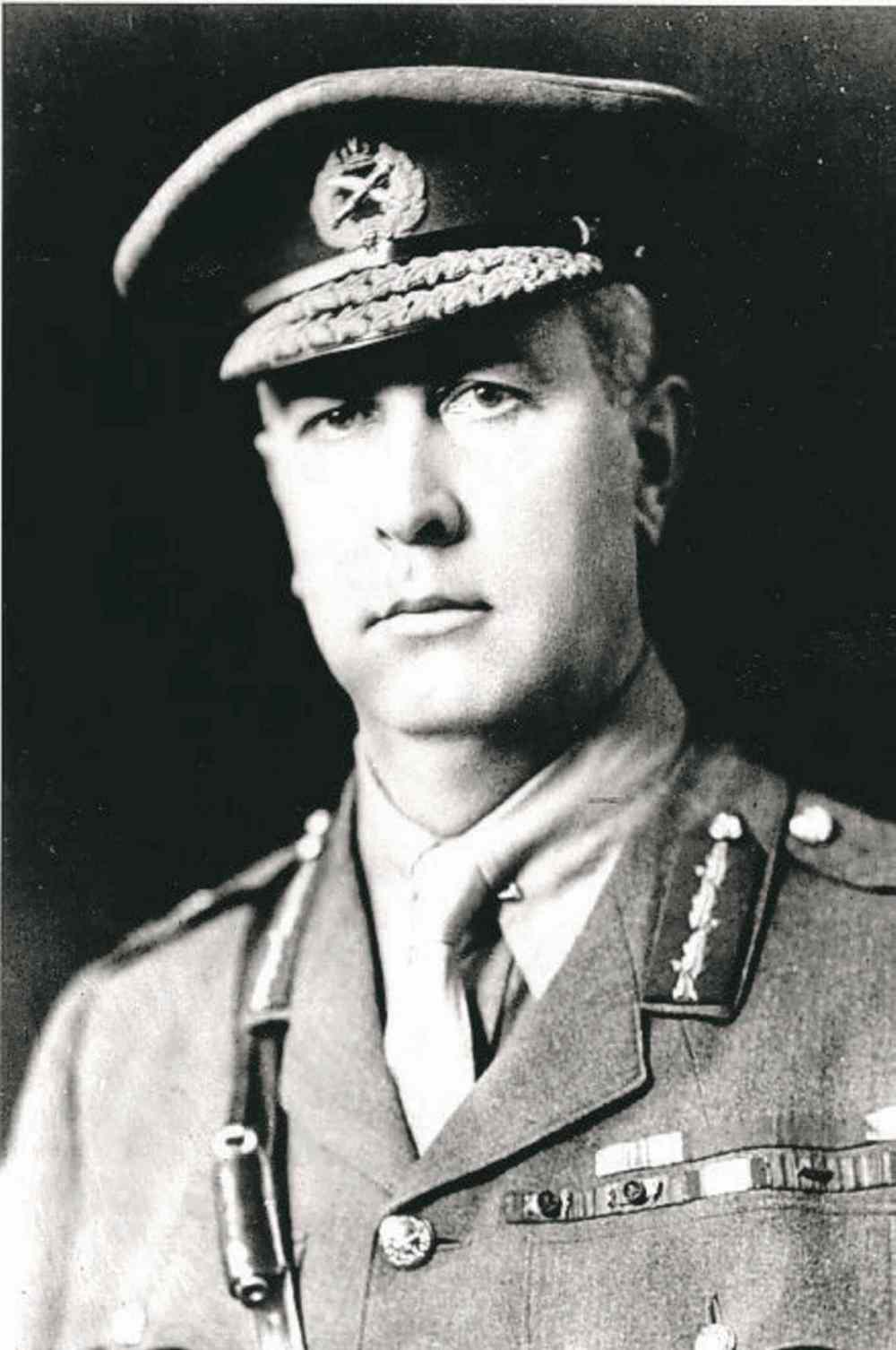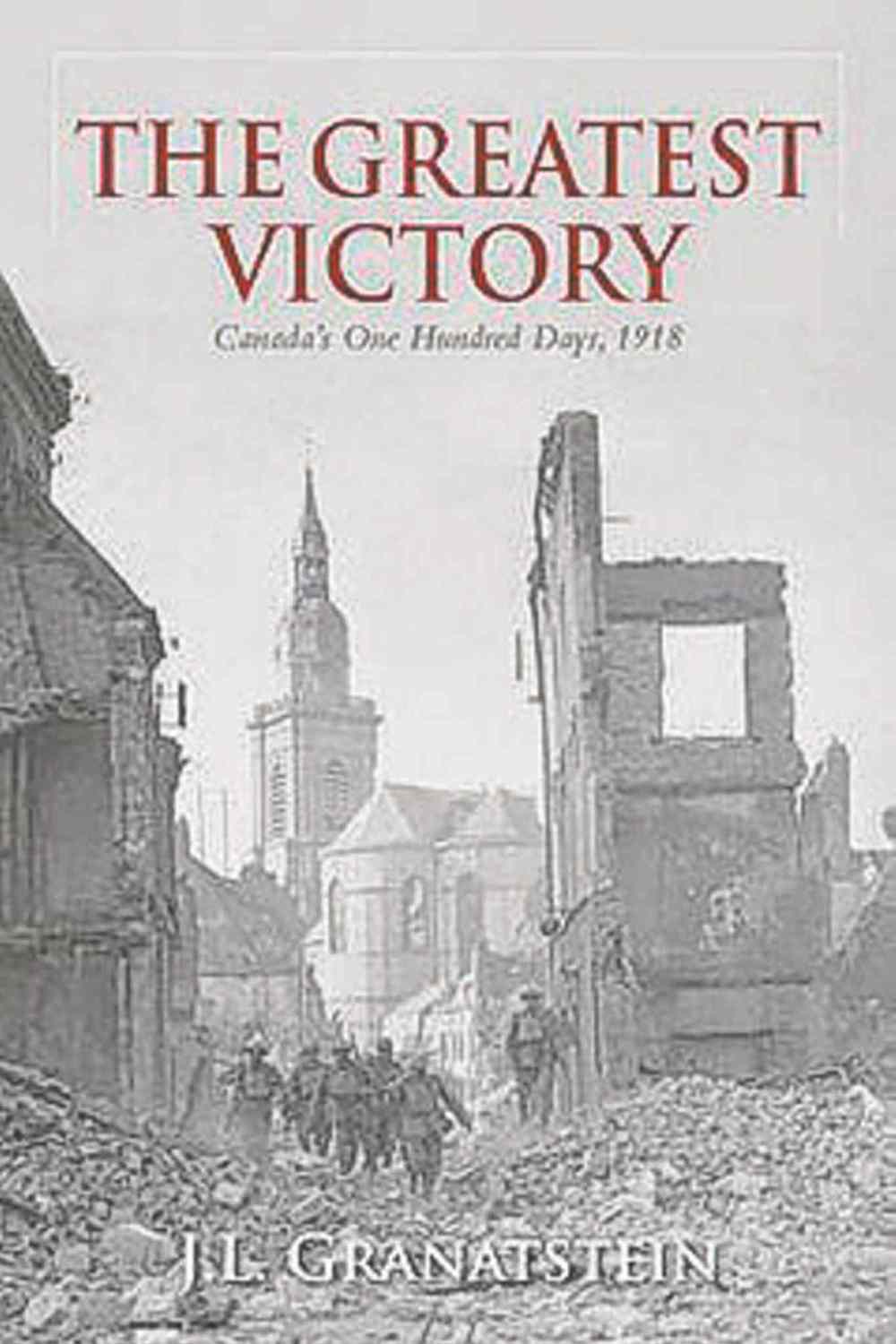Canadian Corps led attacks to help bolster national pride
Advertisement
Read this article for free:
or
Already have an account? Log in here »
To continue reading, please subscribe:
Monthly Digital Subscription
$1 per week for 24 weeks*
- Enjoy unlimited reading on winnipegfreepress.com
- Read the E-Edition, our digital replica newspaper
- Access News Break, our award-winning app
- Play interactive puzzles
*Billed as $4.00 plus GST every four weeks. After 24 weeks, price increases to the regular rate of $19.00 plus GST every four weeks. Offer available to new and qualified returning subscribers only. Cancel any time.
Monthly Digital Subscription
$4.75/week*
- Enjoy unlimited reading on winnipegfreepress.com
- Read the E-Edition, our digital replica newspaper
- Access News Break, our award-winning app
- Play interactive puzzles
*Billed as $19 plus GST every four weeks. Cancel any time.
To continue reading, please subscribe:
Add Free Press access to your Brandon Sun subscription for only an additional
$1 for the first 4 weeks*
*Your next subscription payment will increase by $1.00 and you will be charged $16.99 plus GST for four weeks. After four weeks, your payment will increase to $23.99 plus GST every four weeks.
Read unlimited articles for free today:
or
Already have an account? Log in here »
Hey there, time traveller!
This article was published 09/08/2014 (4085 days ago), so information in it may no longer be current.
To call Jack Granatstein a prolific author does not do justice to the dozens and dozens of books he has authored during his long career. At 75, he is now retired and a professor emeritus at York University, but remains active as a regular commentator on history and public policy in newspapers and online publications.
The Greatest Victory: Canada’s Hundred Days is his contribution to the growing list of books marking the centennial of the Great War.
By 1918, the Canadian Corps had developed into one of the best fighting units on the Allied side, and Granatstein shows how its performance during the last drive to victory from August to November of that year deserves to be remembered as an important moment in Canadian history.

The Canadians were often asked to spearhead attacks, and were regarded by their allies and by the Germans as tough shock troops. They had this reputation, Granatstein says, because they were a well-led organization with an excellent record of success. General Sir Arthur William Currie and then-Prime Minister Robert Borden wanted the Corps to take a lead role as a way of bolstering the new and growing national pride felt by Canadians.
Granatstein shows how by 1918 the Allied armies had learned the lessons of the battles of the first years of the war, and generals such as Currie were employing more successful tactics. The days of sending troops over no man’s land in waves to be machine-gunned was largely over, and the Canadian Corps was being taught to move in skirmishing units, seeking out the enemy’s strong points, which could then be subjected to coordinated attacks using infantry, artillery, aircraft and motorized machine guns.
These new tactics seemed strange to veterans of trench warfare, but they were appropriate for the breakthrough to open country and mobile warfare that the allied leadership thought they now could achieve.
Currie prepared his Corps for this final great running battle by providing each of his four divisions with a strong engineering unit to build and repair bridges, roads and rail lines. They proved their worth on many occasions; when faced with crossing the Canal du Nord, for example, they constructed a series of bridges while under fire, allowing their comrades to cross this formidable barrier.
Currie also strengthened the Corps’ transport companies so the Canadians had enough trucks to keep the advancing army supplied with ammunition and food. He created labour battalions so that when the infantry was out of the fighting and able to rest, they were not expected to fill in as construction workers.

The new organization and tactics translated into impressive victories for the Corps, beginning with their advance of 13 kilometres on Aug. 8, 1918 in the fighting at Amiens. These successes had a cost, however; during the last 100 days of the war, the Canadian Corps lost 45,835 men (killed, wounded or taken prisoner), 18.7 per cent of all Canadian losses during the entire war.
As with many books that describe battles, the maps — there are only two — do not give the reader much help in following the sequence of events. That said, the book gives us a very readable account of the One Hundred Days campaign as well as, in Chapter 2, a useful 45-page summary of Canadian issues and events during the Great War.
Granatstein has often said he wants Canadians to have a sense of pride in the accomplishments of their military. No Canadian can read this book without feeling very proud indeed of the Canadian Corps and its part in securing the Allied victory.
Jim Blanchard is a local historian whose books include Winnipeg’s Great War published by University of Manitoba Press.
History
Updated on Saturday, August 9, 2014 7:55 AM CDT: Formatting.



